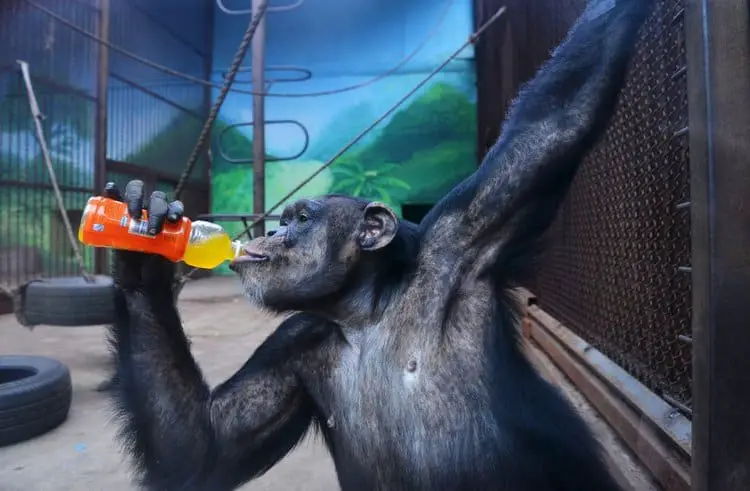
It is a tragedy that people think of a tiger or a cougar when they think of ‘exotic animals’. Exotic mammals may cause some allergies, of course, but reptiles work fine with everybody. On the other hand, reptiles, frogs, etc., don’t have hair or feathers, and are thus, perfect for these pet seekers. Many animal lovers can’t have a conventional pet because they are allergic to dog or cat dander, or feathers. Enough handling to keep them social and familiar with you will do. Most exotic pets are fairly independent, and don’t need to be shown constantly that their owner does, indeed, love them to death.

Unlike lovebirds, frogs don’t need you to keep them company. Unlike cats, snakes don’t need to have their head scratched. Unlike dogs, lizards don’t need to be taken out for a walk. They will recognize you and tolerate your handling, and a few may go so far as seeking out your attention. On the flip side, though, these pets won’t be as affectionate as dogs. So, they are perfect for the typical urban pet owner, who can easily house these animals in an average apartment. Some species may need some branches and live plants. An empty aquarium with a bit of bedding and a few rocks will do just fine. Lizards, frogs, spiders, and even snakes require basic and cheap shelters, infrequently (to an extent) provided cheap food, and minimal veterinary care. Most exotic pets are low-maintenance―at least in comparison to dogs and cats. More explanation of their situation is provided further on. Dangerous and endangered animals such as chimpanzees, pythons, big cats, crocodiles, etc., do NOT belong in a domestic environment, and shouldn’t be kept as pets. Such animals include several reptiles, rodents, frogs, unconventional felines, such as the serval, fennec foxes, guinea pigs, etc. This section deals with exotic animals of low intelligence and low risk. Pythons and chimpanzees, primarily, are the culprits in pet attacks, and such animals are obviously dangerous, but the extremely harmless and positively cute sugar gliders and crested geckos are not even dangerous for infants, let alone adult, sensible pet owners.Īlbeit there are such confusions, here are some points about the pros and cons of keeping exotic pets. Similarly, while the term ‘exotic animals’ usually sets alarm bells ringing, not all exotic animals are a threat to society. By the strict definition, even non-native animals that are bred locally and legally, and not taken from their natural environment, are ‘exotic’. One of the main problems in settling this debate is the variable definition of ‘exotic pets’. There are equally sound arguments on both sides of the debate, and a conclusion is hard to reach. The reason why the debate over exotic pets has rumbled on for so long is that there is no simple answer. In an age of the rising influence of various animal rights movements, the ever-growing trade in exotic pets is an obvious culprit, and regularly finds itself under the microscope. This gives rise to the debate over keeping exotic wild animals as pets.

While most of us limit that love to more conventional animals such as dogs, cats, budgerigars, and fish, there are many who extend it to animals such as snakes and chimpanzees. Since this number also includes deaths occurring in zoos, this number is not worrisome at all for exotic pet owners, considering the statistical negligibility of 3.5 people among an American population of more than 316 million (as of 2013).Įveryone (well, most of us) loves pets.

By some estimates, a yearly average of 3.5 people die from exotic animal attacks.


 0 kommentar(er)
0 kommentar(er)
